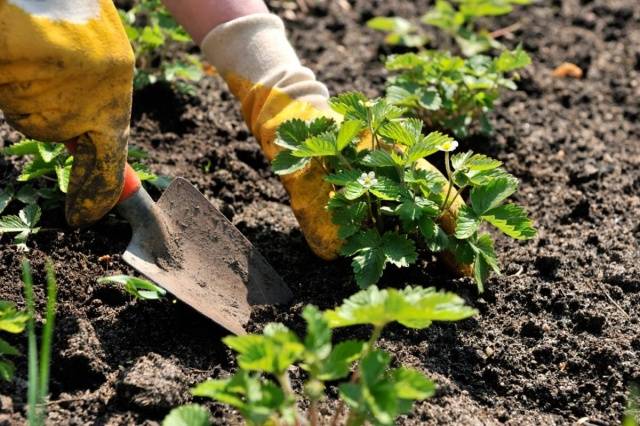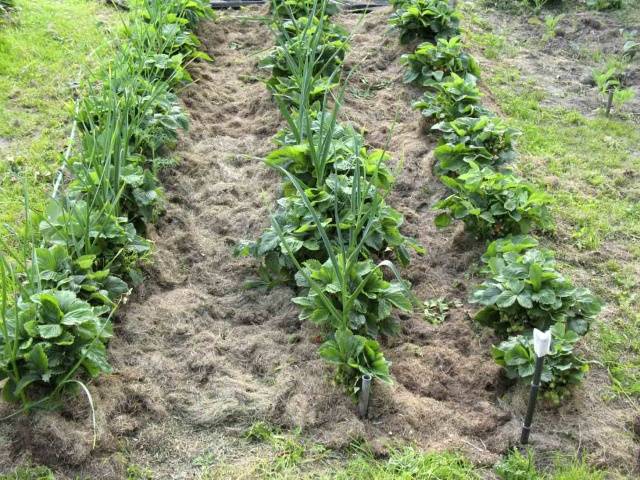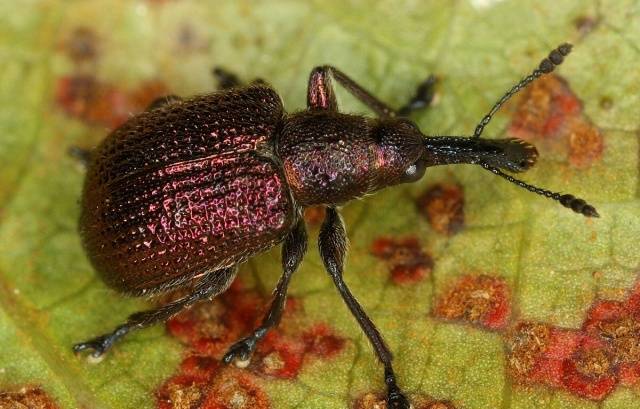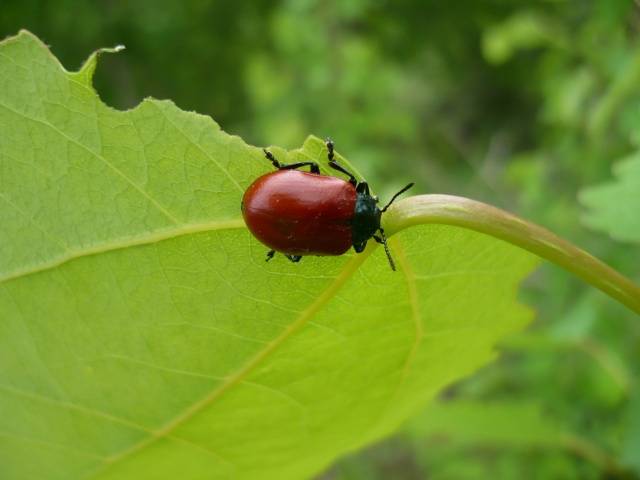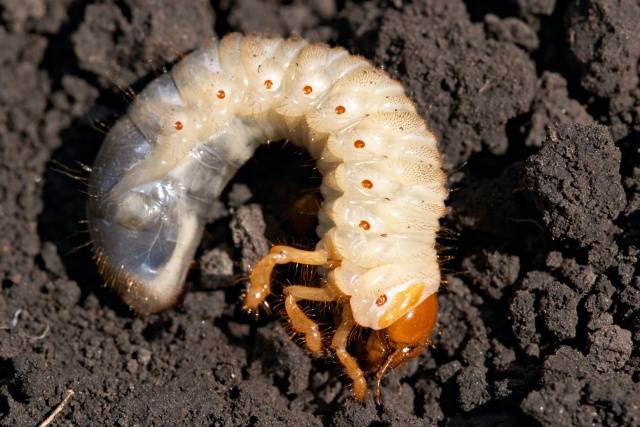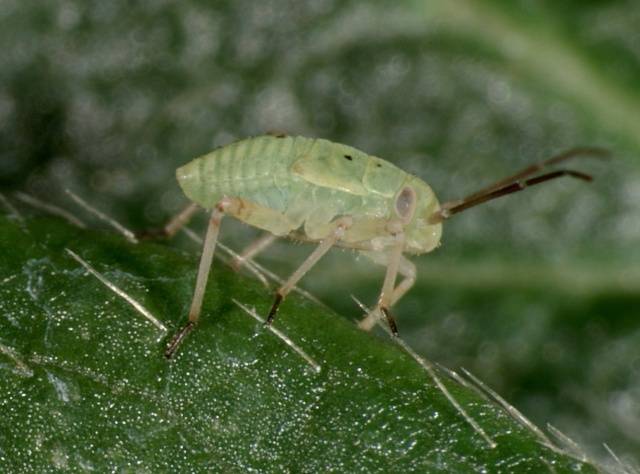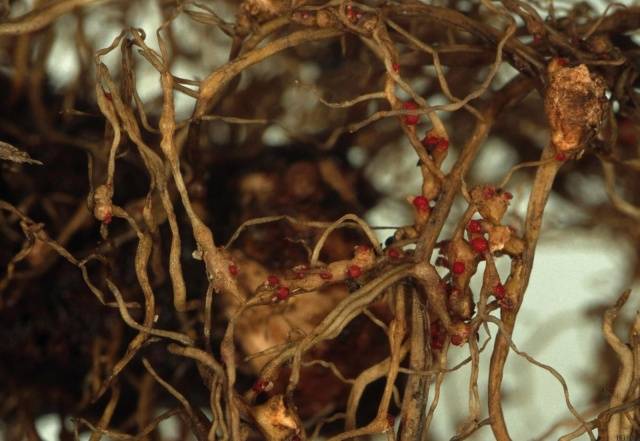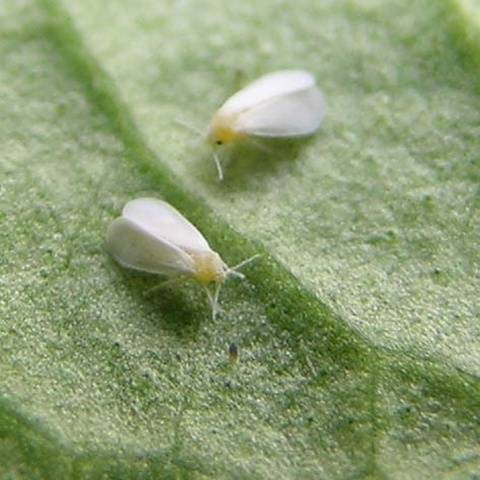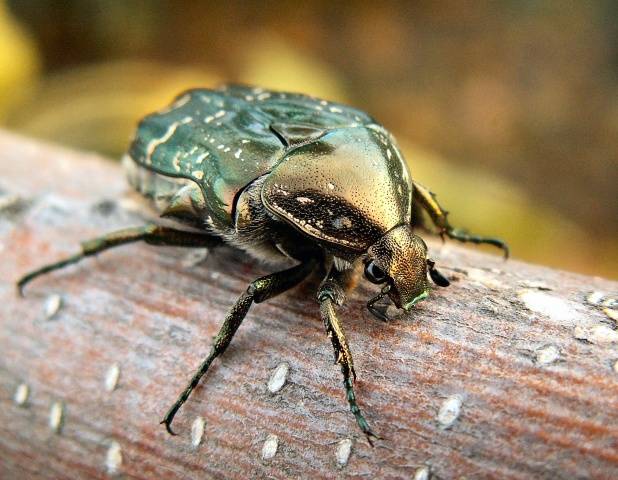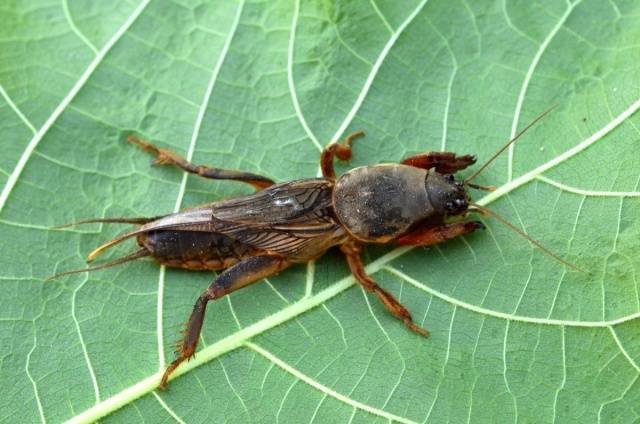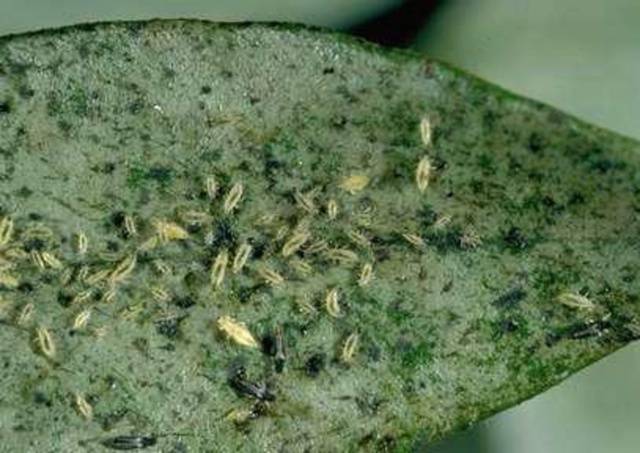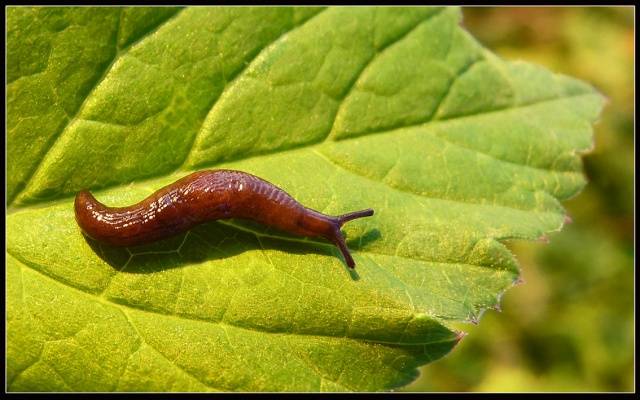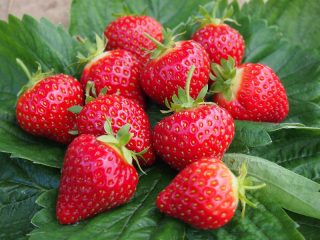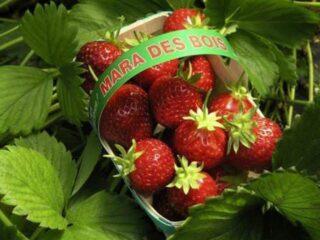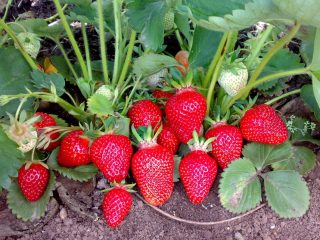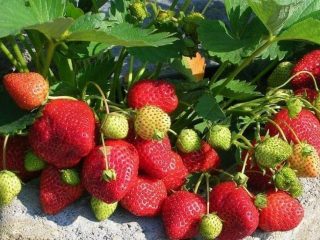Content
Pests of garden strawberries cause irreparable harm to the bushes themselves and negatively affect their fruiting. To combat insects, chemical and folk remedies are used. Increased attention is paid to plant care and preventive measures.
Stages of strawberry processing
To prevent the spread of pests, several processing steps are required:
- spring - before the beginning of flowering strawberry;
- autumn - after harvest.
Chemicals are most effective against insect pests of strawberries. However, most of them are not allowed to be used during the growing season of plants. The drugs are used strictly in accordance with the instructions.
Folk remedies have a more gentle effect on strawberries and are used to disinfect soil and soil.
The plantings are processed by watering or spraying. For the procedure, the morning or evening period is chosen, when there is no wind, rain or direct sunlight.
The following methods will help in the question of how to protect strawberries from insect infestation:
- purchase seedlings from trusted producers;
- disinfect the soil and seedlings before planting in a permanent place;
- timely fertilize;
- remove the topsoil where most insects spend the winter;
- prevent waterlogging of the soil;
- trim mustache and old leaves.
What to plant next to strawberries to repel insects? Pests bypass marigolds, calendula, cucumber grass, tansy, tobacco. Onions and garlic are planted in the garden every 30 cm.
Strawberry pests
Garden pests live in the ground or on strawberry bushes. These insects carry illness, feed on the roots and leaves of plants, and some of them prefer to eat the fruits. Photos of strawberry pests and the fight against them are given below.
Weevil
The strawberry weevil is a small beetle no more than 3 mm long. The insect spends the winter in the ground under fallen leaves. In the spring, the female weevil lays eggs in the strawberry buds, which causes them to fall off.
Weevil larvae appear in July and eat the leaves of the plants. On strawberries, a weevil can kill more than 50 inflorescences.
The procedure is carried out using special preparations - "Intra-vir", "Namabact" and "Antonem-F".
A folk remedy for pests is iodine solution. It is taken in the amount of 1 tsp. and dissolve in one bucket of water.
During the formation of berries, process the plantings from the weevil with the following means:
- 10 g mustard powder in a bucket of water;
- 2 kg of wood ash per bucket of water;
- potassium permanganate solution (5 g) per 10 liters of water.
Strawberry leaf beetle
A small yellowish beetle up to 4 mm long eats strawberry leaveshowever, prefers other greens on the site. Beetle larvae appear during the period when the strawberry begins to bloom.
You can determine the defeat by the many holes in the leaves, dried foliage and small berries. Pest control is complicated by its rapid spread.
When using chemicals pest control of strawberries performed twice before flowering.Additionally, the procedure is performed after harvesting.
To prevent the spread of the leaf beetle, weeding must be carried out in a timely manner. weeds in the beds. In early spring, strawberries can be sprinkled with tobacco dust.
May beetle larvae
The May beetle is a large brown insect. The greatest danger to planting is posed by its larvae, which eat humus and plant roots. Their development takes several years.
Strawberry pests can be destroyed with chemicals (Nurell D, Karate). For spraying, drugs "Bazudin", "Zolon", "Aktara" are used.
The larvae can be harvested by hand while digging the beds. An effective remedy is an infusion of onion peels. For this, the bucket is filled with husks by a third, filled with water and insisted for 5 days. The resulting product must be diluted with water in equal proportions, pour the strawberries.
Strawberry mite
This type of mite destroys the flower buds that form in late summer. The insect feeds on plant sap and is a white insect up to 2 mm long.
The insect enters the ground along with the infected seedlings. Therefore, before planting, strawberries are immersed in water at a temperature of about 45 ° C for 15 minutes.
Strawberry mite activity increases with high humidity. How to process strawberries is chosen from chemical or folk remedies. Colloidal sulfur or "Karbofos" is used to treat plants.
The procedure is carried out before the foliage begins to grow, then it is repeated after the harvest. Additionally, the plants are sprayed with onion peel infusion, garlic or dandelion.
Spider mite
You can identify a spider mite by the large amount of cobwebs that envelop the plant. The pest looks like a small green insect picking the lower leaves of a strawberry. Ticks feed on plant sap, which leads to the death of foliage.
To combat pests, strawberries are planted with phytoseilus in the garden. It is a type of mite that fights other insects.
The best way to get rid of a spider mite is to use the preparations "Ortus", "Omite", "Nurell D". It is also allowed to use infusion of tobacco, onion, garlic, hot pepper. Pest control strawberries are treated by spraying.
Nematodes
The nematode cannot be identified with the naked eye, since its size does not exceed 1 mm. The insect lives in the sinuses and buds of strawberries. Its activity leads to deformation and darkening of the leaves, slowed down the development of bushes and a decrease in yield.
Nematodes spread with infected seedlings and live in the soil for up to 10 years. To combat the pest of strawberries, Fitoverm is used, which destroys its larvae. In case of extensive infection, they resort to treatment with methyl bromide.
There are no universal methods of how to deal with a nematode. The bushes are dug up and burned to prevent the spread of pests.
Whitefly
The strawberry whitefly is a small butterfly up to 1 mm in size. Its wings are covered with waxy pollen. The insect does not tolerate sun exposure and prefers shady areas.
Whitefly larvae feed on plant sap. As a result of their influence, strawberry leaves curl, yellow spots appear on them. Whitefly leaves traces that resemble sugar.
Transferring the beds to sunny areas will help to avoid the spread of whitefly on strawberries. It is also necessary to provide the plants with the necessary care (remove weeds, clean planting from leaves).
In small areas, it is allowed to use folk methods. This includes garlic infusion and decoction of Dalmatian chamomile flowers.
Bronzovka
Bronze is a black beetle with many hairs. Its larvae prefer plant roots and humus. The invasion of the bronzovka is determined by the eaten leaves and damaged peduncles.
Digging up the soil and eliminating the larvae and adult insects will help get rid of the bronze. Since the pest manifests itself during flowering and fruiting of strawberries, this makes it difficult to chemically treat the plantings.
Medvedka
The bear is a brown insect up to 6 cm long. Its larvae feed on plants for two years. The defeat of the bear is determined by the destroyed root system and wilting of strawberries.
Honey is used as bait, which is placed in a glass jar and buried in the ground. From chemicals they choose "Zolon", "Marshall", "Bazudin".
Aphid
Aphids are a small pest inhabiting the petioles, leaves and flowers of strawberries. Insects live in colonies, multiply rapidly and populate neighboring plants.
Chemical preparations "Zolon", "Sharpey", "Nurell D" work well against aphids. Processing is carried out before flowering strawberries, and then repeated after harvest. From folk remedies, we fight this pest with soapy water, a decoction of tobacco and tincture of bitter pepper.
Thrips tobacco
The tobacco thrips is yellow or brown in color and narrow dark wings, and its length does not reach 1 mm. The insect feeds on the lower leaves of the strawberry.
Thrips can be identified by deformation and leaf fall. Strawberry flower stalks suffer from insect infestation.
An additional procedure when deciding how to protect strawberries is spraying with soapy water. Another folk remedy is dandelion infusion. For its preparation, the container is filled by a third with these plants, after which it is filled with water. The infusion is left for 4 days. A little ash is added to it before use.
Slugs
With a decrease in temperature and high humidity, slugs appear on the site. They are most active at night, when they eat strawberry foliage and berries.
A small ditch around the strawberry bushes, which is filled with tobacco, ground pepper, lime or wood ash, will help protect the planting from slugs. The use of granular substances is allowed.
Slugs do not tolerate phosphate or potash fertilizers, which can be scattered along the rows of strawberries.
Conclusion
What means to use for pest control depends on the time of their detection. Insect damage is usually noticeable in strawberry growing season... During this time, the use of strong chemicals is not allowed. Therefore, increased attention is paid to the care of strawberries and preventive treatment.
